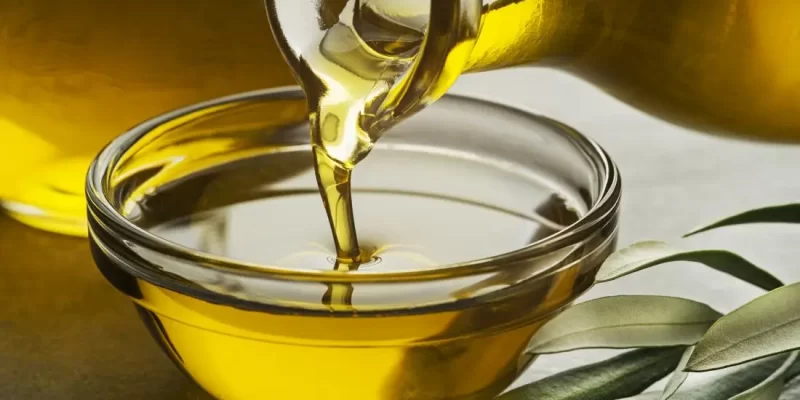People have been eating fermented foods for thousands of years, and they still are today. Just about every American consumes at least a few fermented foods or beverages as part of their ordinary diets, even if they don’t realize it. After all, such popular and beloved consumables as yogurt, sourdough bread, wine, and beer are all made using this centuries-old process.
The recent resurgence in popularity of fermented foods has both drawn more consumers into the fold of fermentation enthusiasts and expanded the range of products available to them. Fermented cooking oils are one of the latest additions to the current lineup of nutritious and delicious products, but they have the potential to become one of the most popular, as well.
What Is Fermented Oil?
Also referred to as Cultured Oil, fermented oil is made using the process of fermentation. During this controlled process, microorganisms break down carbohydrates, in this case, sugars, and convert them into oils and fats. As with other fermented foods, all of the ingredients used to create fermented oils are derived from natural sources, and no harsh chemical solvents are required.
A Closer Look at the Fermentation Process
The idea of entrusting the oil production process to microorganisms like yeast, mold, and bacteria can give people pause, but it shouldn’t. Unlike rotting, fermentation is a controlled process. During this process, specific microorganisms are fed carefully chosen types of sugar and other plant- or animal-based food components and are allowed to ferment in a clean environment for a predetermined amount of time.
Whether it’s being performed at home on a kitchen counter or in an industrial-scale facility, each batch of fermented food or drink must be carefully monitored to ensure quality. Once the microorganisms in the fermentation have broken down enough of the food components into other desirable products, the process can be considered finished. The end products often have tastes, textures, aromas, and appearances quite different from the initial food components used to create them, and they also have the potential to carry added health benefits.
The Basics of Vegetable Oil Production
Vegetable oils are a very recent addition to the American diet. Just a century ago, they were practically non-existent. Now, the land required to grow crops for vegetable oil is in the hundreds of millions of acres range.
The crops used to produce vegetable oil, sometimes referred to as seed crops, vary significantly in terms of both environmental resource consumption and health effects. Some of the most common include olives, canola, soybeans, palm nuts, coconuts, and peanuts, but there are plenty of other variants used throughout the world.
No matter what type of plant is being used to create the vegetable oil, it must be cultivated in large quantities to obtain sufficient amounts of the desired plant material, usually the seeds. Once the crop has been harvested, the oil must be extracted from it using either a mechanical or chemical process. It is then purified and “refined,” or chemically altered, before being bottled and sold to consumers.
Why These Differences Matter
Fermented cooking oils have only recently hit the markets, and they’re still considered a specialty product. Given the state of modern agriculture and climate change, though, it’s already clear that these products are the more sustainable solution. Add the health benefits associated with the fermentation process to these environmental upsides and it’s easy to understand why advocates believe that vegetable oils need to be phased out.














Comments